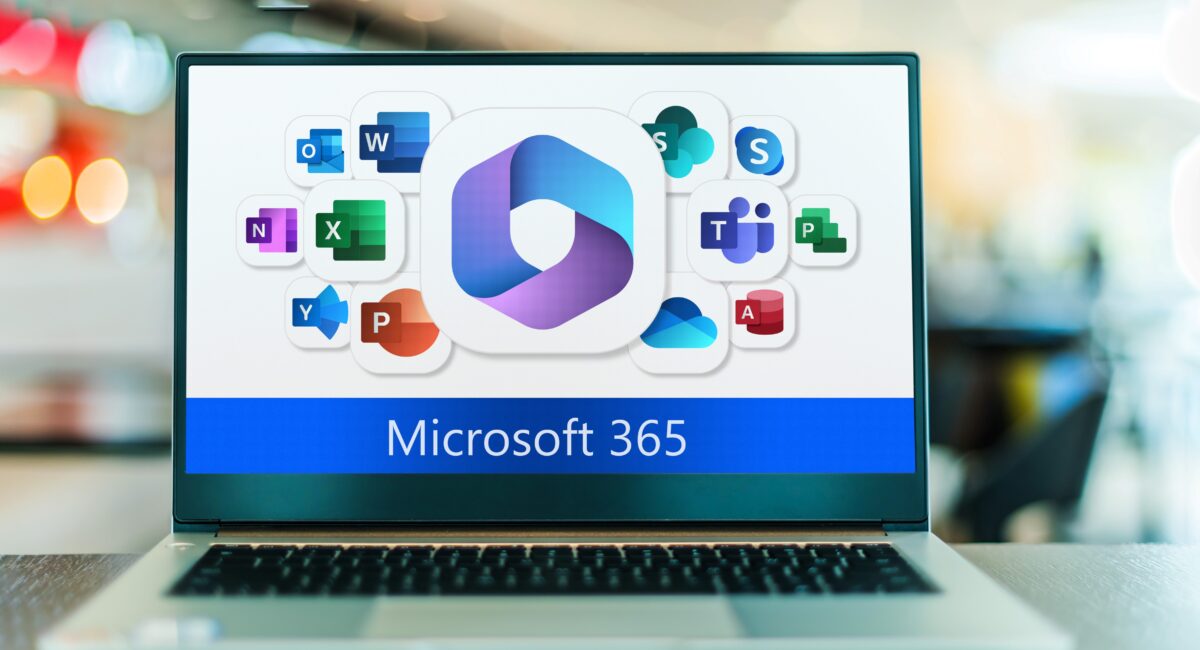As a manager in a modern workplace, understanding what motivates and moves your team is a core part of your job. Empathy, connection, a sense of purpose – these are all words and concepts that have entered the people leader’s vocabulary as work has evolved.
To understand why, we need to look back to human evolution.
The Triune Brain theory proposes that our instinctual and survival skills come from pre-human evolution, what the theory calls the “reptilian complex” or “lizard brain” (although we think “grey brain” is a little kinder).
Emotional responses came much later in evolution, and higher-order skills like logic and speech appeared much more recently as modern humans evolved. These are respectively called the “paleomammalian complex”, “limbic system” or “red brain”, and the “neomammalian complex”, “neocortex” or “blue brain”.
Paul MacLean American neuroscientist and physicist proposed the model of the Triune Brain in the 1960’s and presented it in his 1990 book The Triune Brain in Evolution.
A quick guide to the Triune Brain:
- Grey brain (reptilian complex)
Responsible for basic survival instincts and stress responses. - Red brain (paleomammalian complex or limbic system)
Governs emotions and social connections. - Blue brain (neomammalian complex or neocortex)
Handles higher-order functions like reasoning, abstract thought and problem-solving.
These components interact to shape our responses to various situations, particularly in the workplace. Although the science is debated today, the lessons about employee engagement, workplace performance and brain training are still valuable and compelling.
This provides an effective model for brain training. By understanding and leveraging the different ways people think, you can improve performance, foster better team dynamics and become a better leader.
Navigating the Grey Brain: Reactivity and Survival
The grey brain is supposedly the oldest part of the brain. It focuses on basic survival instincts. In the workplace, this brain state is activated during high-stress situations. Signs of grey brain activation include:
- Heightened stress
- Anxiety
- Defensiveness
- Resistance to change
- Overly cautious behaviour
- Disengagement from team activities
These broadly overlap with fight, flight or freeze responses. Understanding these signs is crucial for managers to create a supportive environment that minimises issues caused by stress responses.
Embracing the Red Brain: Emotion and Connection
The red brain is central to our emotions and social interactions. Crucially, it’s also the part (or parts) of our brain responsible for motivation.
Motivation is highly personal. Understanding what motivates your team members and tailoring leadership strategies accordingly will foster a more connected, creative, collaborative and productive culture. Empathy and emotional intelligence are key to harnessing the power of the red brain.
How to promote Red Brain engagement:
- Seek out, listen to and act on feedback from team members
- Promote a culture of open communication and support
- Schedule team-building activities that strengthen social bonds
- Encourage open discussions about feelings and stressors
- Implement wellness programs
- Prioritise emotional well-being and work-life balance
Leveraging the Blue Brain: Rationality and Innovation
The blue brain is the seat of rational thought, creativity and innovation. It overlaps with all those higher-order skills that we consider essential for modern work, like critical thinking, technological literacy, problem-solving and curiosity.
These skills aren’t just nice to have. The World Economic Forum predicts they will be among the most important in the coming decade as technology automates and accelerates many rudimentary tasks.
Fostering a creative work environment with a healthy level of challenge will nurture blue-brain activity, leading to new ideas and strategic problem-solving.
Tips for blue brain activation
- Encourage brainstorming sessions and creative thinking workshops
- Provide opportunities for continuous learning and professional development
- Design workspaces that reduce stress and promote focus
- Make workplace performance training interactive, engaging and relevant
- Schedule regular breaks to prevent burnout and maintain cognitive sharpness
- Implement flexible work policies that allow for deep, uninterrupted work periods
- Promote a growth mindset by celebrating innovative ideas and efforts
Translating the Triune Brain to workplace performance training
Understanding the interplay between the red and blue brains is essential for modern managers.
Each brain state has its unique strengths and challenges. A balanced approach leads to a harmonious and productive work environment.
Our latest workplace performance training course provides an actionable guide to using red brain and blue brain concepts in real-world settings.
The goal is not to deep-dive into MacLean’s Triune Brain research. There are too many decades to cover.
Instead, our brain training gives today’s leaders practical skills that make work better for everyone.
Recognise brain states
You’ll learn to identify when your team, colleagues and you exhibit traits from the red or blue brain.
Our trainers provide examples and scenarios that help you decode the nuance of human behaviour.
Shifting gears
Gain practical strategies for helping your team transition between brain states and activate the right skills at the right time. By understanding red and blue brains, you’ll be able to structure meetings, workshops, activities and individual work in a way that resonates with the individual and leverages these universal ideas.
Building a culture of brain awareness
You don’t need to be a neuroscientist to integrate brain training concepts into your workplace culture. Increased awareness of ‘how people tick’ and attention to individual needs is a great start. Our experienced trainers will provide empowered leadership strategies to help you encourage a culture of collaboration and innovation.
Conclusion
Practical, personal, effective: Workplace performance training from ATI-Mirage.
At ATI-Mirage, we are committed to transforming organisations through lifelong learning. Our Brain Training for Better Workplace Outcomes course is designed to equip managers, leaders and HR professionals with the tools to navigate complex interpersonal dynamics using the Red-Brain Blue-Brain model.
With ATI-Mirage, you’ll gain the confidence and skills to thrive in a changing environment.
Book one of our scheduled training courses or contact us for a solution tailored to your organisation’s needs.











